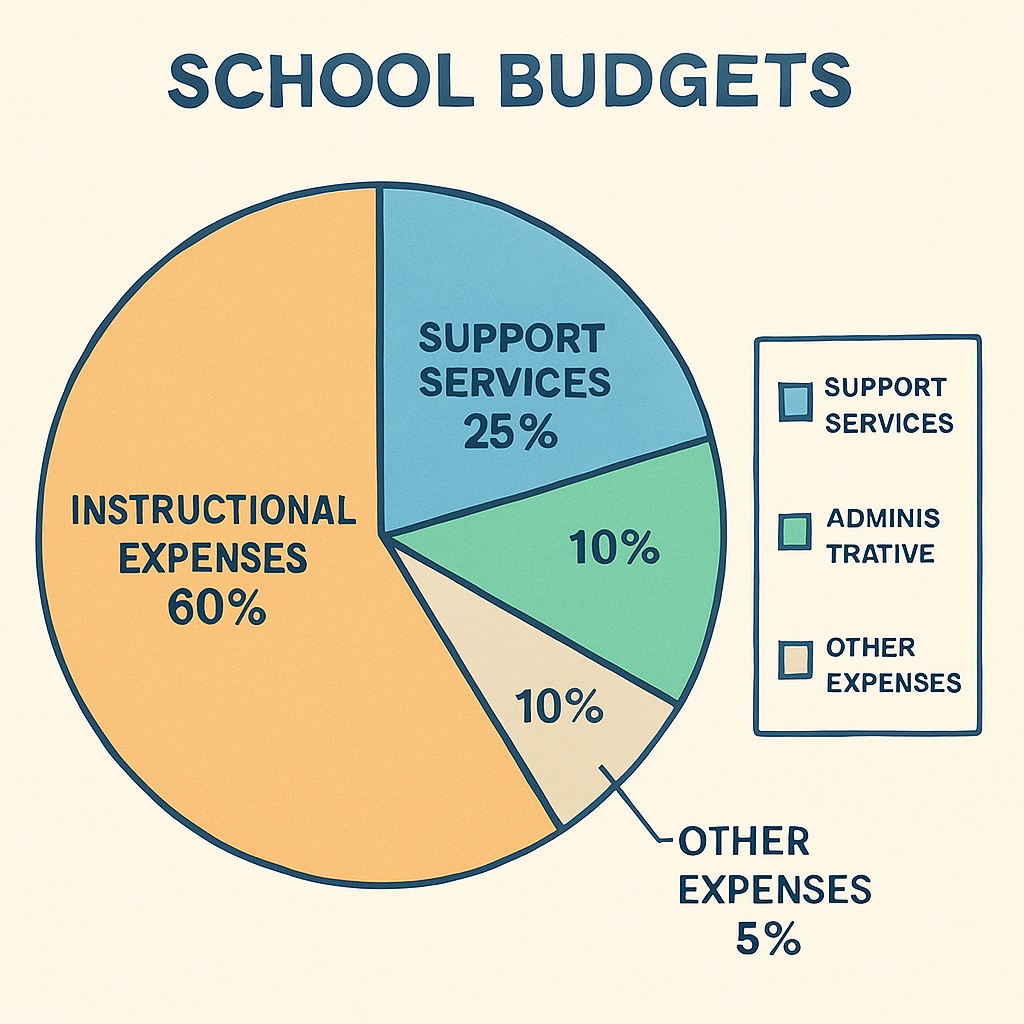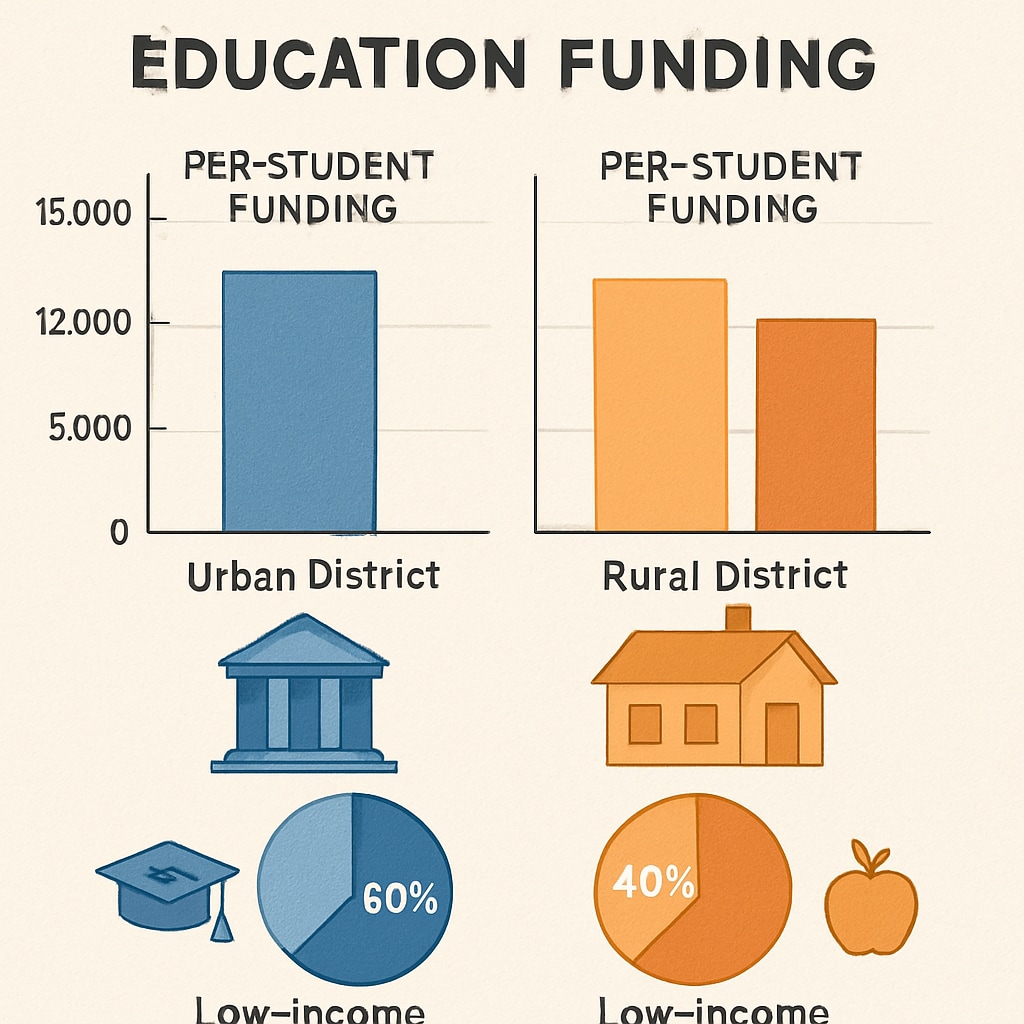The statistics surrounding per-student spending in K12 education have long been used to evaluate school district financial health and resource allocation. However, the integrity of these figures is increasingly being questioned. Are these numbers a true reflection of the resources allocated, or are they subject to manipulation? This article delves into the potential inflation of per-student spending data, examining how funds are distributed and questioning the transparency of financial reporting in school budgets.
Decoding Per-Student Spending: Why the Numbers Matter
Per-student spending, often calculated by dividing a school district’s total budget by the number of enrolled students, serves as a key metric in education policy. It influences public perception, funding allocations, and even property values in certain areas. However, the accuracy of this metric depends on how budgets are reported, and herein lies the potential for manipulation.
For instance, some districts may include non-instructional or administrative expenses in their calculations, inflating the total without necessarily improving student outcomes. As a result, the reported numbers could present a misleading picture of how funds are truly utilized. This discrepancy raises questions about the transparency and fairness of current funding systems.

How Funds Are Inflated: Common Practices
There are several ways in which per-student spending data may be artificially inflated:
- Inclusion of Non-Essential Costs: Costs such as facility upgrades, administrative salaries, or even legal fees are sometimes included in “educational spending,” distorting the true per-student allocation.
- Overestimating Enrollment Figures: Inflated enrollment numbers can lower the apparent cost per student, artificially improving a district’s financial appearance.
- Misclassification of Funds: Certain funds intended for specific programs may be reclassified to appear as general educational expenses.
These practices not only create a distorted financial picture but also undermine efforts to ensure equitable distribution of resources. For example, a district with inflated figures may receive more funding or accolades than one that genuinely prioritizes student development.
Consequences of Misrepresented School Budgets
The inflation of per-student spending data has far-reaching implications:
- Equity Concerns: Schools in underserved areas may struggle to secure adequate funding if their financial needs are obscured by misleading data from wealthier districts.
- Public Trust: Misrepresentation erodes trust in school systems and can lead to skepticism about education policies and initiatives.
- Policy Failures: Policymakers may base decisions on flawed data, leading to ineffective or even harmful resource allocation.

Building a Transparent Funding System
To address these issues, a more transparent and equitable approach to school funding is needed. Policymakers and educators must consider the following steps:
- Standardized Reporting: Establish clear guidelines for what constitutes “educational spending” to prevent the inclusion of non-instructional costs.
- Independent Audits: Regular audits by third-party organizations can help ensure the accuracy and integrity of budget reports.
- Direct Community Involvement: Encouraging parental and community oversight can increase accountability and reduce the likelihood of fund mismanagement.
By implementing these measures, it is possible to create a funding system that accurately reflects the needs of students and ensures fair resource distribution across all districts.
In conclusion, the manipulation of per-student spending data undermines the goal of providing equitable and effective education. Transparent reporting and accountability are crucial to ensuring that funds are used to benefit students rather than to inflate financial metrics. It is time to move beyond the numbers and focus on meaningful investments in education.
Readability guidance: Short paragraphs, clear headings, and list-based formatting enhance readability. The active voice and transitional phrases are used throughout to maintain clarity and flow.


